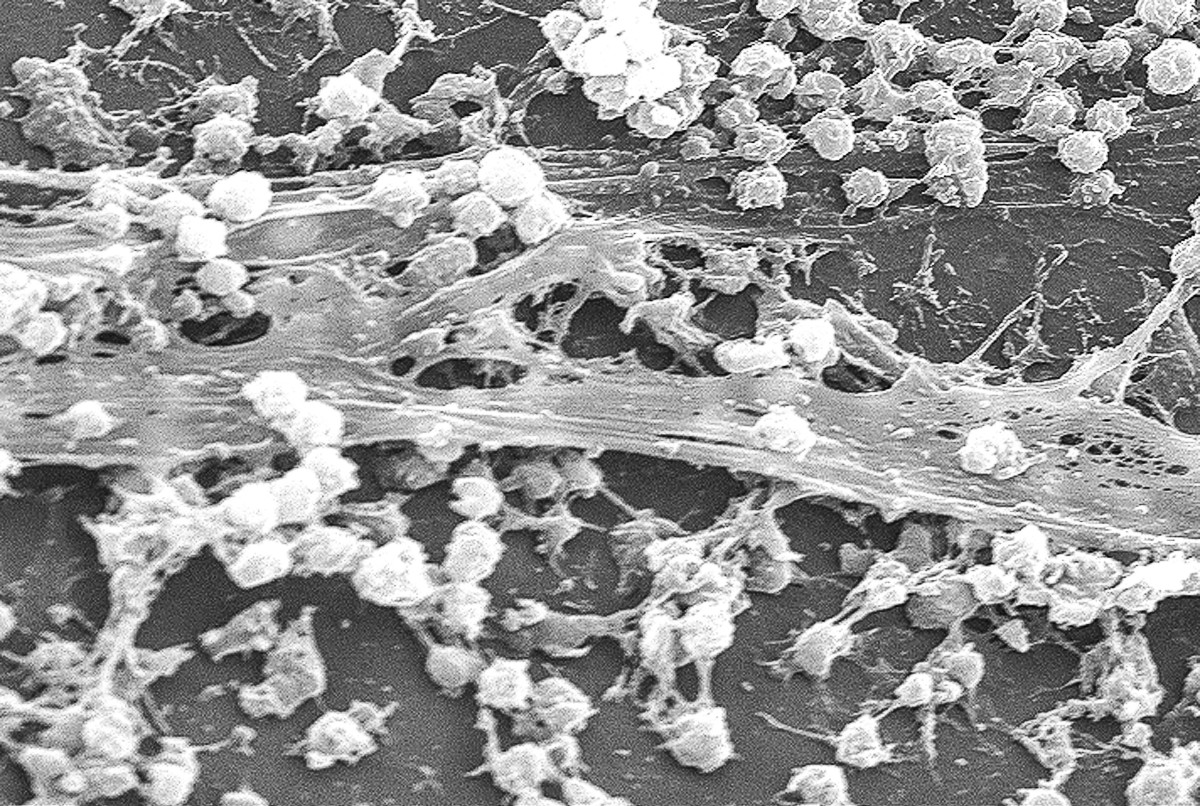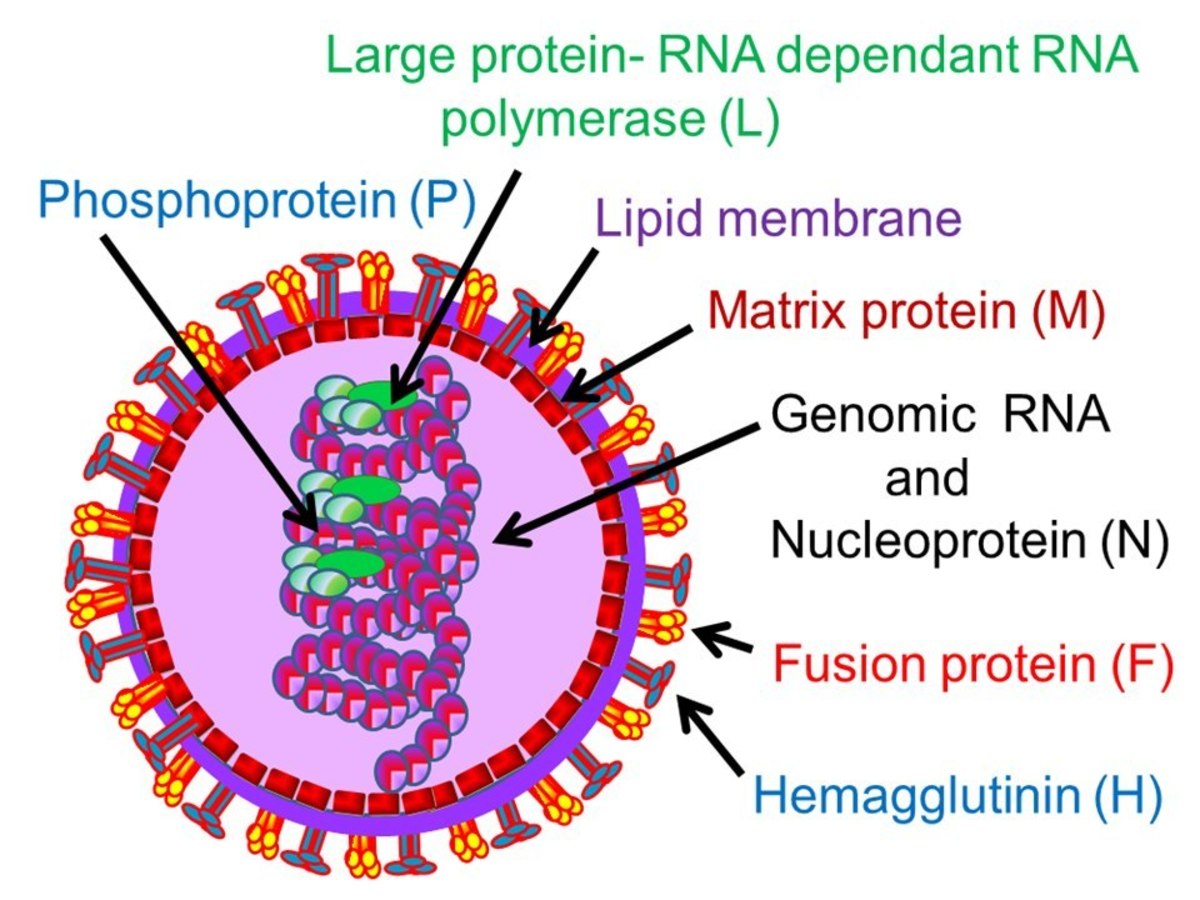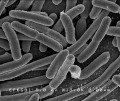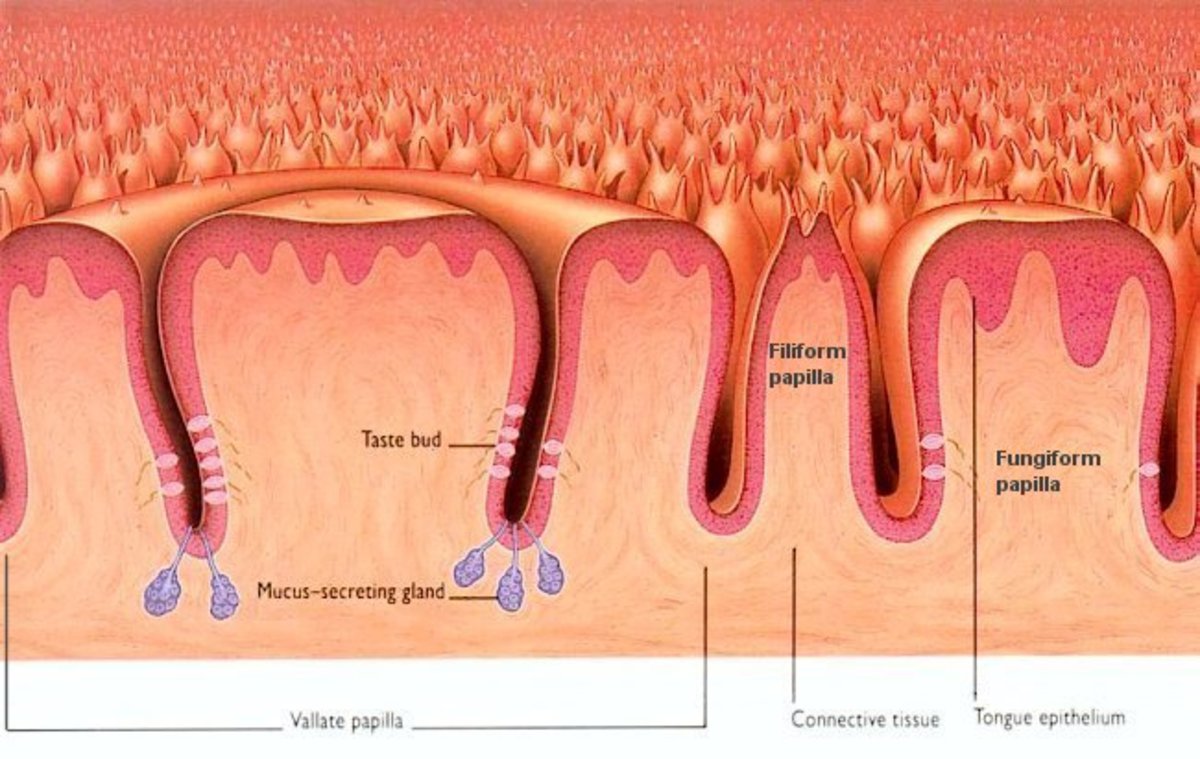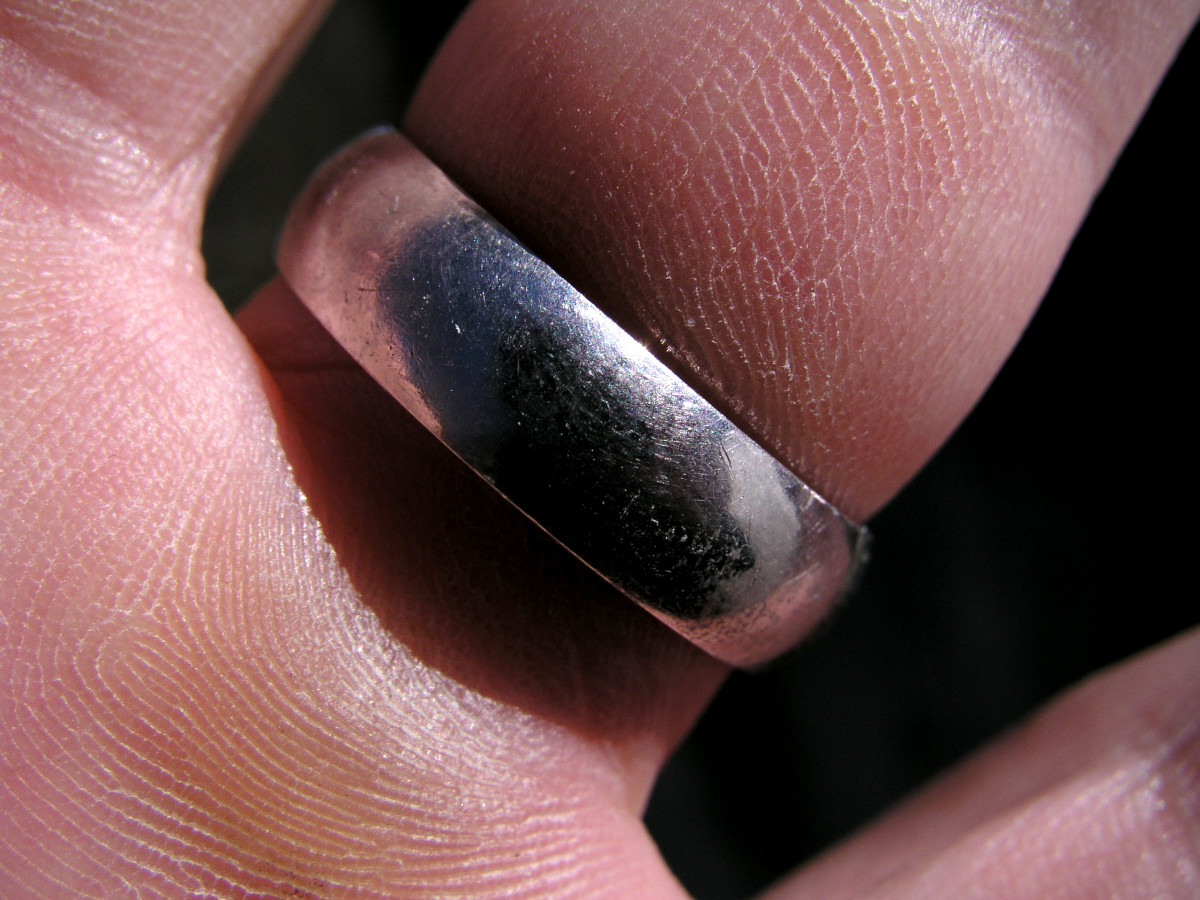About Bacteria, Parasites, and Viruses
There may be good bacteria and good parasites, but they, along with viruses, all cause diseases. They may also share some general symptoms, classifications, and preventative methods, but these germs have quite a bit of differences.
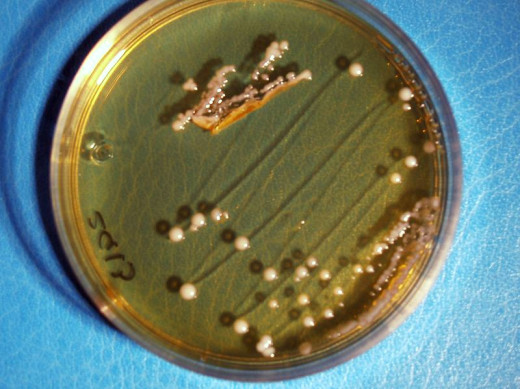
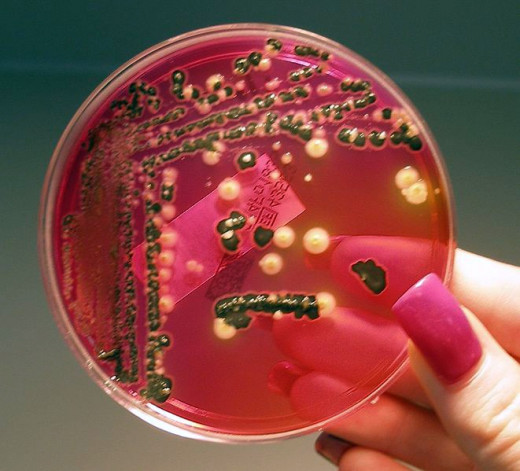
History and Physical Characteristics
Bacteria
These microscopic, prokaryotic organisms are Earth’s earliest life forms. They have been here for four billion years. The article “What Is Bacteria? What Are Bacteria?” from the website http://www.medicalnewstoday.com reports that at least five nonillion of them (5 with 30 zeros) live among us. They form symbiotic relationships (two different species living together usually for mutual benefit) with everything: humans, other animals, plants, food, soil, water, and air. In 1838, noted 19th-century German researcher Gottfried Ehrenberg (1795-1876) coined the word bacterium. We tend to use the word bacteria, which is the plural form.
Bacteria do not have nuclei. However, they do have a complete set of DNA (deoxyribonucleic acid) and RNA (ribonucleic acid) genetic codes, which are usually enclosed in a cell wall that is mostly composed of the polymer (amino acids and polysaccharides) peptidoglycan. They also have filaments or spikes, which help them attach to the surface of their symbiotic partner, and a flagellum or tail for mobility.
Bacteria come in three main shapes: rod-shaped, called bacilli or the singular bacillus; spherical, called cocci or the singular coccus; and spiral, called spirilla or the singular spirillum. They live as individual cells, pairs, or clusters. They reproduce by a process called binary fission, where one cell splits itself into two complete cells, then splits again into two more, and so on, until you end up with a colony of millions.
Ninety-nine percent of bacteria are harmless. Some are even essential to our good health, and the health of other animals and plants. Harmful pathogens make up the remaining one percent. They excrete toxins or overtake the function of the particular tissue they enter, eventually destroying it.
Parasites
Parasites like bacteria are living organisms. There are single-celled parasites like protozoa, which can only be seen through a microscope; small, multicellular, non-microscopic parasites such as lice and fleas, and large ones such as worms, some of which can measure more than 30 feet in length. The word parasite is said to have been derived from the Old French word parasite and the Latin word parasitus.
All parasites live and feed on or in a host organism, which could be an animal, including humans, or a plant. Those living on the bodies of their hosts are termed ectoparasites and include lice, fleas, mites, and ticks. Those living inside the bodies of their hosts are termed endoparasites and include the worms. Endoparasites live within the host's cells or in the spaces between the cells of the host’s body. Those parasites living partly on the outside and partly on the inside of their hosts’ bodies are called mesoparasites.
Though parasites can be helpful, many of them cause diseases. As they live and feed, they undergo various stages of development that involve changes in their structural make-up. They consume nutrients from the blood and tissues of their hosts, excrete waste matter, and reproduce quickly.
Viruses
Viruses are microscopic and only became visible with the invention of the electron microscope in the 1930s. They are neither living nor dead, and are also considered to be parasitic. They come to life when they find a suitable living host to invade. They attack humans, other animals, plants, and even bacteria, and are very specific as to which host and which tissues within the host they inhabit. For example, rhinoviruses, which invade humans, only attack the upper respiratory tract; tobacco mosaic virus only invades the tobacco plant, and the lambda bacteriophage virus only invades E. coli bacteria.
Viruses come in many different configurations, shapes, and sizes, and these dimensions are used to determine classification. They all consist of an outer shell or capsid, which houses protein and whatever slices of single-stranded or double-stranded DNA or RNA they possess. Some viruses have an additional covering called an envelope on the outside of their capsid. They attach to the host cell and penetrate it with spikes or secrete a chemical compound to get on the inside.
All viruses are harmful. You may not even know you are infected. Some of them remain dormant for years, waiting for the ideal trigger, such as an emotional issue to strike. An example of this is the hepatitis virus. Once activated, viruses take over the host cell’s DNA or RNA and command it to replicate their genes. When they have used up all the material, the host cell bursts, sending millions of new viruses into the surrounding healthy cells, and the replication process begins again. Some viruses expel one or a few at a time instead of millions.
Similarities and Differences in Types of Bacteria, Parasites, and Viruses Which Affect Humans
Bacteria
The human body harbors at least 500 different types of bacteria. Since they are consuming the organic material of another organism, they are termed heterotrophs. The five main areas of the human body proven to be the perfect home for bacteria are the nose, mouth, gastrointestinal tract, female urogenital tract, and the skin. The majority seem to favor the digestive tract.
Good, helpful bacteria have large reservoirs of peptidoglycan within their simple cell walls. Benefits include creating a hostile environment to keep pathogens out, creating a better functioning digestive tract, and breaking down difficult food starches.
Rod-shaped lactobacilli, found in yogurt and dairy products, are examples of good bacteria. They help our digestion by breaking down lactose sugar and fermenting it into lactic acid. Bifidobacteria, also rod-shaped and found in yogurt and other probiotic products, aid digestion and keep the intestinal tract at the right pH so pathogens cannot take hold. E. coli, which is part of the natural flora in our intestines, helps to break down lactose and other monosaccharide sugars, and makes essential vitamin K and biotin to help our cells function adequately.
Pathogenic bacteria have less peptidoglycan and a more complex cell wall. They include Clostridium tetani bacteria, which are rod-shaped, live on our skin, and get inside the body through wounds such as animal bites, where they create harmful toxins; the oval-shaped Streptococcus pneumoniae, which invade the respiratory system, and the rod-shaped Salmonella, which affect the digestive system (food poisoning).
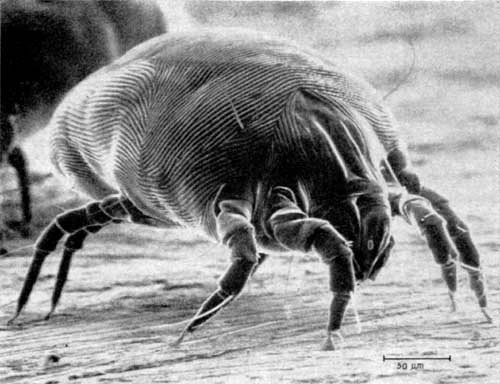
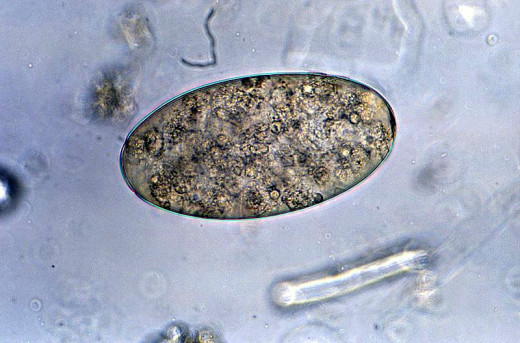
Parasites
Humans are affected by at least 1,000 different types of parasites, according to research. An example of a parasite that is helpful to humans is the tooth amoeba. It feeds on the microscopic food particles we miss when brushing our teeth. Another example is the dust mite. Though it can cause allergic reactions, it consumes our dead skin and hair cells. A relationship such as this, where both host and parasite benefit, is called mutualism.
Three main groups of parasites that find the human body quite suitable for their destructive needs are protozoa, helminths, and ectoparasites. Protozoa can be free-living or they can inhabit our intestines, other tissues, and blood. The Centers for Disease Control (CDC) groups them into four categories based on movement: Sarcodina are amoeba-like; Mastigophora use flagella or tails; Ciliophora move by tiny hairs or cilia, and Sporozoa are nonmotile in the adult stage.
Helminths such as cestodes or tapeworms, trematodes or flukes, and nematodes or roundworms are large worms that reside mainly in our gastrointestinal tract. Some, like the roundworms, also inhabit our lymphatic system, hematologic system, and subcutaneous tissues. Adult helminths can be free-living or parasitic, but can only multiply inside humans while in their larval stage.
Ectoparasites: leeches (also considered helminths by some), fleas, ticks, mites, and lice live on or under the human skin. Some can remain there for months, creating infections that are sometimes severe.
Viruses
As mentioned earlier, viruses are cell- or tissue-specific. So, rotaviruses and astroviruses invade our gastrointestinal tract; West Nile virus invades the brain; Influenza viruses affect our respiratory tract; Polioviruses affect our spinal cord; Hepatitis C affects the liver; Ebola virus attacks every tissue except our bones and skeletal muscles; Chickenpox virus invades our skin, hair, and nail tissues; Measles attacks our respiratory system; Human Papiloma virus (HPV) affects the female cervix, and Rubella attacks fetuses and newborn babies.
Similarities and Differences in the Ways Humans Contract Bacteria, Parasites, and Viruses
Bacteria
Humans can contract good and bad bacteria through food. Bad or harmful bacteria can be further transmitted by drinking contaminated water, breathing in airborne organisms released by the sneezes or coughs of an affected person, sexual contact with an affected person, changes in the bacterial population of one area of the body, or contact with infected animals.
Parasites
At some time in each of our lives, we have been infected by these pests. Transmission can occur from consuming contaminated or undercooked food, especially meat; contaminated water; fecal matter on persons not washing their hands properly after using the bathroom; through a vector, meaning organisms like mosquitoes which feed off an infected human then goes and feeds on another human; airborne eggs as in the case of the pinworm, which crawls out of the anal canal at nighttime to lay its eggs on clothing or bed linens.
Viruses
Viruses enter a healthy human through the nose, mouth, sexual contact, or any opening that comes in contact with an infected person, vector, or contaminated surface. Some viruses are more highly contagious than others. Examples of these are the rhinoviruses, influenza viruses, and measles viruses.
How Well Do You Know Your Germs?
view quiz statisticsSimilarities and Differences in Symptoms of Bacterial, Parasitic, and Viral Infections
Bacteria
Bacterial infections depend on the species and subspecies of the pathogen as well as on the area of the human body affected. According to the article “Bacteria” from the website http://biology.clc.uc.edu, German physician Dr. Robert Koch was the first to link a specific bacterium to a specific illness.
General symptoms of a bacterial infection include sore throat, cough, fever, chills, headaches, body aches or discomfort, fatigue, weakness, vomiting, diarrhea, dehydration, ear infections, skin issues (rashes, etc.), frequent urination, and obesity. More severe symptoms include bronchitis, tuberculosis, Lyme disease, conjunctivitis, bloody urine, gonorrhea, seizures, organ failure, coma, and death. Bacterial infections can last a week to a lifetime.
Parasites
Symptoms of disease or infections caused by parasites also depend on the organism and its human host. General symptoms include colds, fevers, skin rashes, inflammation, fatigue, weakness, nausea, vomiting, abdominal discomfort or pain (cramping), bloating, gas, constipation, diarrhea, weight loss, obesity, and anal itching. Severity could involve brain seizures.
The CDC says that the sexually transmitted Trichomoniasis, caused by a protozoan, is the most common parasitic infection in the United States. About 7.4 million folks are infected annually. The second is Giardia, also caused by a protozoan, with two million annual infections. Globally, the culprit is Malaria, which is caused by a protozoan and transmitted by mosquitoes. Most of the fatalities are children in Sub-Saharan Africa. Parasitic infections can be chronic, and last from a few days to many years.
Viruses
We know viruses attack specific cell tissues in their human hosts. But they too have general symptoms: runny or stuffy nose, sneezing, sore throat, coughs, fevers, chills, headaches, muscle aches, overall body aches, fatigue, weakness, nausea, vomiting, diarrhea, bladder issues, dehydration, skin rashes, warts, and itching.
More severe symptoms include bronchitis, pneumonia, measles, mumps, smallpox, shingles, confusion, personality changes, rabies, encephalitis, seizures, stroke, paralysis, meningitis, cirrhosis of the liver, HIV/ AIDS, hepatitis, herpes, and death. The duration of infection depends on the type and severity. It could last two weeks or much longer, and can also recur.
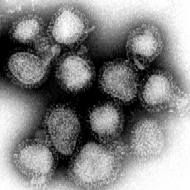
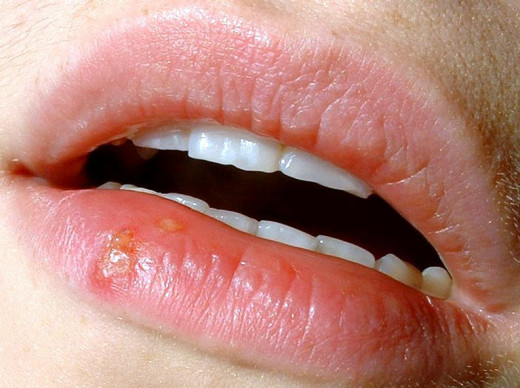
Diagnosing Bacterial, Parasitic, and Viral Infections
To determine whether an infection is bacterial, parasitic, or viral, tests are performed on blood, urine, stool, sputum, other bodily fluids, tissue cultures, and samples. Healthcare professionals may also do spinal taps, chest x-rays, and Magnetic Resonance Imaging (MRI), depending on symptoms.
Similarities and Differences in Treatments for Bacterial, Parasitic, and Viral Infections
Bacteria
Medical professionals usually prescribe antibiotics such as penicillin, quinolone, or tetracycline, depending on the bacterial infection. These drugs prevent the pathogens from making more cell walls. This is the reason doctors insist you take the full dosage of medication as prescribed. Keep in mind, bacteria can and do produce mutations that render the antibiotic useless.
Parasites
Infected persons are also usually prescribed conventional antibiotics. But complete body cleanses or detoxification, drinking lots of water, changes in diet, and herbal remedies are also prescribed. If one member of your household is affected, chances are others are affected too. So, it is suggested that everyone get tested.
Viruses
Vaccines and other conventional or herbal medications can treat the symptoms of a viral infection, but not the infection itself. A viral infection must run its course. These medications also help to strengthen the immune system, so it can attack the viral enemy. For medications to be effective, the function of the particular virus must be known. Viruses such as influenza often mutate. These mutations can prove harmless or be even more destructive.
Similarities and Differences in Preventing Bacterial, Parasitic or Viral Infections
Overall, the best ways to prevent infections of any kind are as follows: Perform good hygiene such as washing hands after using the bathroom; cleansing the body; cleansing surfaces before food preparation, etc.; drinking/ using clean water; eating a healthy diet of fruits and vegetables with no or little saturated fats, refined sugars, other carbohydrates, and salt; conducting proper food handling such as storage, preparation, and cooking; consuming little or no alcohol; no smoking; exercising frequently; practicing safe sex; disposing waste correctly (proper sanitation), and having appropriate indoor ventilation.
More specifically, to prevent bacterial infections, get appropriate vaccinations. To prevent parasitic diseases, detoxify the body at least twice a year. And to stave off viral infections, avoid contact with infected persons.

